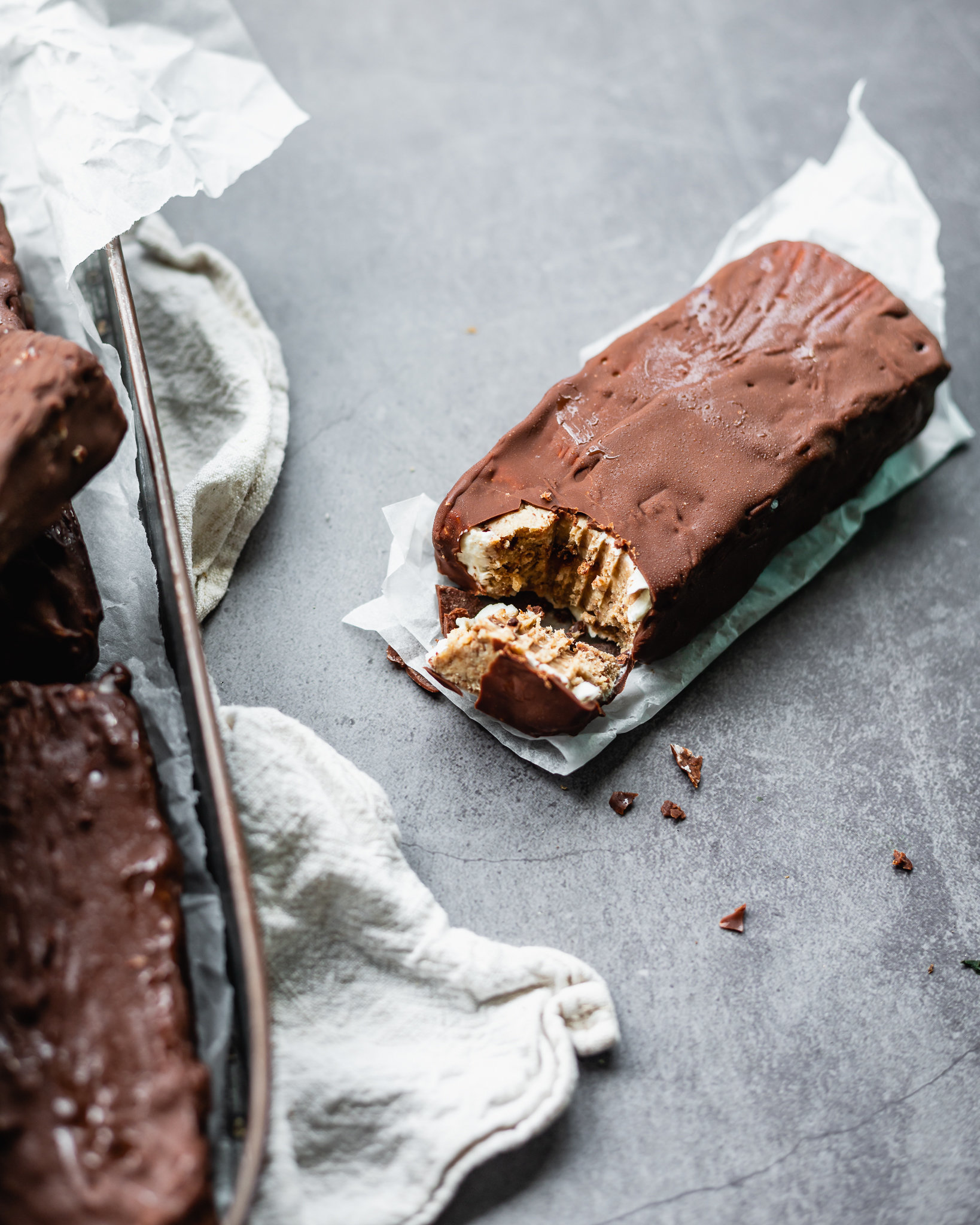What simple and trustworthy measures can we take to flu-proof ourselves and our families?
In the long dark winter months, it can seem like the coughs, sniffles and sneezes will never end. There are plenty of potions to buy, but what simple and trustworthy measures can we take to flu-proof ourselves and our families?
Colds and the flu are the main villains of the winter season. Adults succumb to two to four colds on average every year, while children suffer through six to eight. It’s no surprise that the common cold alone is estimated to be responsible for 40 percent of all missed workdays. Antibiotics shouldn’t be prescribed because colds and flu are viral infections, against which antibiotics are useless. Pharmacy and health food store shelves are also stocked with natural and pharmaceutical remedies promising to prevent and reduce the severity of symptoms – but only some products have scientifically proven benefits. Here’s the low-down on seven oft-recommended remedies.
1. Zinc

It can protect tender skin at the beach, and zinc is probably also your best bet for treating a cold, possibly even preventing one altogether. A trace element found naturally in the body and unprocessed foods, zinc has been found by various studies to reduce the length of colds by up to three days, as well as limiting the severity of the cold. You can find zinc lozenges and supplements from most health food stores, but there are also plenty of foods naturally rich in zinc, such as wheat germ, pumpkin seeds, pine nuts and shellfish. Be wary of zinc nasal sprays, as there is evidence to suggest a nasal spray might permanently destroy your sense of smell.
2. Vitamin C
If there were such a thing as a silver lining when it comes to colds, surely a top contender would be the delicious hot lemon and honey drink. With the juice of one lemon providing 88 percent of an adult’s daily recommended intake of vitamin C, the classic lemon drink has to be good for your cold, right? Well, partially right. As a preventative measure – that is, taken daily for several weeks or months – vitamin C has been shown to moderately reduce the length and severity of colds, with the best responses occurring in children. However, recent analyses of studies where vitamin C was administered after the onset of symptoms of a cold show it to be no more effective than a placebo. Naturopath Eric Bakker calls vitamin C the “archetypal immune booster” and suggests supplementing your diet with it all winter, in conjunction with other wellness routines. Vitamin C may be taken safely up to 2000mg a day for most adults, but it is recommended that you consult with a doctor before taking anything over 1000mg a day, especially if you have kidney problems. Fresh fruit is an excellent source of vitamin C, particularly kiwifruit, which is high in vitamin C and vitamin E as well as carotenoid antioxidants, compounds that appear to boost natural levels of resistance.
3. Honey
Honey is a natural cough suppressant, one which studies have suggested is as equally effective as dextromethorphan – the active ingredient in over-the-counter cough suppressants like Robitussin. It’s also well established that honey has antimicrobial properties, which may help it fight infections. Children aged two and older can be given up to two teaspoons of honey at bedtime to reduce coughing, and hopefully improve sleep overall for the wee ones. However, due to the risk of infant botulism, never give honey to a child under two.
4. Natural immunity
Above all, a healthy immune system will prevent cold and flu better than any on-thespot remedy. To keep your immune system robust, naturopath and Good columnist Eric Bakker suggests maintaining a healthy diet that includes a wide range of fresh foods, effective stress management to keep cortisol levels balanced, reasonable daily exercise and plenty of vitamin C throughout winter. Auckland-based naturopath Lani Lopez agrees and advises boosting immunity by managing stress levels, with a few moments of relaxing breathing every day, and a diet rich in vegetables, fruits, lean meats and good carbohydrates. Lopez recommends steam inhalants made from Friar’s Balsam, lavender, eucalyptus oil or menthol to help ease congestion. Essential oils can be massaged into the chest, back and feet for similar relief.
While some of these natural remedies might not ‘cure’ or prevent colds and flu outright, old-fashioned comforts such as hot lemon and honey drinks can certainly help to lessen or relieve symptoms. Hot lemon drinks, chicken broth, water and juice all loosen congestion and keep you hydrated, while a saltwater gargle can help combat bacterial infections and temporarily relieve a sore throat.
5. Chicken soup
Yes, in the quest for a cure for the common cold, scientists have even investigated whether grandma’s chicken soup recipe really is the remedy it’s believed to be. The investigations may have been undertaken in a tongue-and-cheek way, but there is some evidence that chicken soup may have a slight anti-inflammatory effect on the eater. Rather than being a miracle cure, it’s likely that the real benefit of chicken soup comes in its provision of much-needed hydration and nutrition. And if that pot of hearty soup is brought around by a concerned friend, the positive effect can only be enhanced.
6. Echinacea
Based on conventional wisdom, the herb echinacea is often the first response treatment to cold symptoms. A 2007 analysis published in the reputable Lancet Infectious Diseases journal concluded echinacea reduces the chance of contracting a cold by 58 percent and the duration of the cold by a day or so. However, the results of other studies vary widely. Echinacea raises properdin levels, a chemical believed to activate the part of the immune system responsible for defending the body against virus and bacteria attacks. Not all species of echinacea are created equal, with the best results found for the aerial (above-ground) parts of echinacea purpurea than other varieties. And care is advised if taking large doses, as echinacea is a potential allergen.
7. Garlic
Garlic, and its active compound allicin, has been studied for its potential cardiovascular and anti-cancer properties, but little’s been done to understand its effect on the common cold. Conventional wisdom points to raw garlic as one of the most potent cures, and it is known to have antimicrobial and antiviral properties. In a 2001 study, 146 volunteers received either an allicin supplement or a placebo, which was taken once daily for 12 weeks. After the trial, the allicin group had less than half the number of colds than the placebo group, and around a third less sick days. The volunteers were taking supplements containing 180mg of allicin, while a typical clove of garlic contains around 4-5mg. At that dosage, it’s no surprise a major side effect was a lot of ‘malodorous belching’!

CLOCKWISE FROM LEFT: Tui balms, all $7; Suvana paw paw & honey balm, $12; Weleda Everon balm, $12; Antipodes lime leaf & cocoa butter balm, $15 Dr Hauschka acute lip care, $22 Trilogy rosehip oil lip balm, $18 Vrindavan lip balm, $11
Hot lips
Lips are highly sensitive to temperature changes – and definitely aren’t cold-weather fans. When shopping for a balm to soothe cracked lips, it’s worth checking out the ingredients list. If it contains petroleum jelly or petrolatum, leave it on the shelf. Petrolatum molecules are too big to sink into your skin, and provide little nourishment just sitting on the surface. Parabens are another ingredient to avoid – they’ve been linked to breast cancer. Menthol provides a pleasant cooling sensation, but also has a drying effect, meaning you’ll need to keep applying it. Phenol numbs the tingly, burning feeling you get from chapped lips, but it also strips your lips’ top layer.
Instead, look for paw paw, shea butter, beeswax and lanolin or oils such as jojoba, hempseed and avocado. They’re all easily absorbed and provide natural nourishment.
See good.net.nz/lipbalms for more.
Jumpy about the jab?
It’s not everyone’s choice, but statistically speaking, the flu jab is an effective way to reduce the chance of contracting influenza. Each shot contains inactive fragments of virus taken from the three most common strains of the year; this year, one included strain is to protect against the H1N1 swine flu that became pandemic last winter. Because the injection contains only inactive virus fragments, the flu jab won’t infect you, but it will allow your body to create the protective antibodies it needs. Then again, because flu viruses are always mutating you’ll need a new jab next year.
In the 1970s the flu vaccine was thought to be associated with an increase in the occurrence of Guillain– Barré Syndrome, a nervous system disorder that can lead to paralysis. But according to the American health agency, Centers for Disease Control and Prevention (CDC), results indicate only a very minor increase – around 0.8 cases per 1 million vaccinations. By comparison, they say, 750 million adults are hospitalised worldwide each year from influenza. Ironically, the risk of contracting Guillain-Barré Syndrome also increases after contracting the flu. What this means, for many people, is that the slight risk of the vaccination is outweighed by its benefit.
It takes about two weeks after a flu shot for your body to be fully protected, but after that the Ministry of Health says the vaccine is 80 percent effective in preventing infection in healthy adults under the age of 65. The flu can still be deadly, especially to children and the elderly – and in cases of sudden high fever (38-40 degrees) or together with asthma, diabetes or heart disease. Flu shots are offered free to at-risk groups. Go to www.fightflu.co.nz/can-i-get-a-freevaccine to see if your family qualifies.
Have your say
What do you think about flu jabs? Head to www.facebook.com/goodmag to share your views






